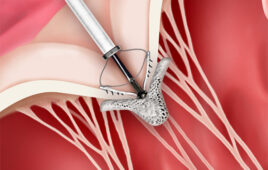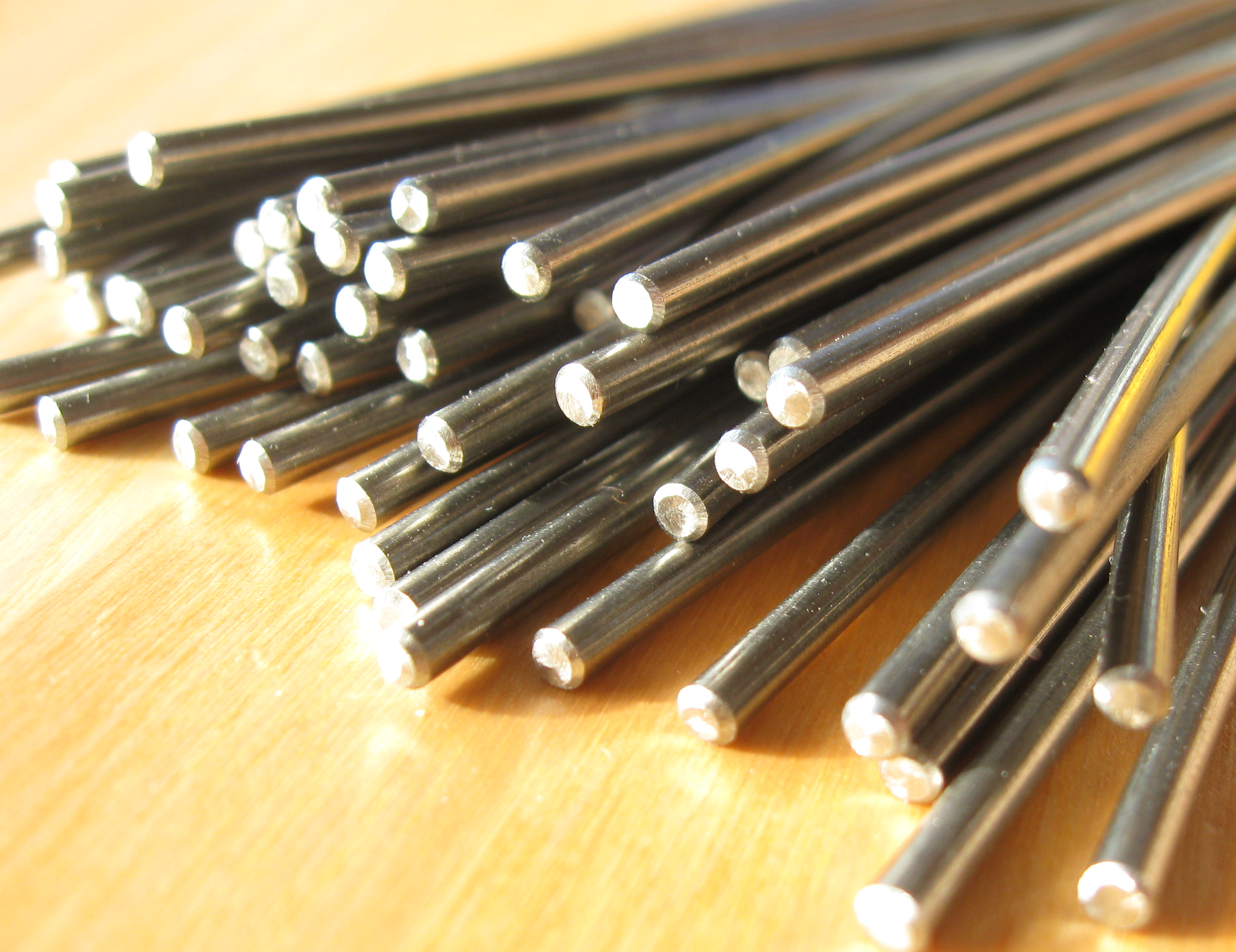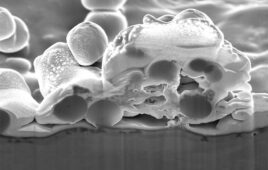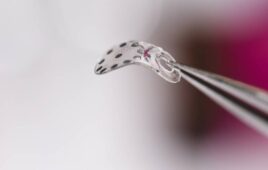Many medical devices require some amount of motion to function appropriately. Miniature brushless motors offer an excellent solution to this need. Further, being offered as autoclavable components makes them even more attractive to device designers. This Tech Brief highlights a few benefits of this technology.
Joanne Nania is the director of vertical business development for Avnet Electronics Marketing, Americas. She can be reached at joanne.nania@avnet.com.
 |
The medical market is continuing to grow quite rapidly. In fact, as of the second quarter of calendar year 2009 and for the very first time, venture capital investments in medical device technology surpassed that of information technology. This is the result of many factors, including the demographic impact of the Baby Boomer population. As this group ages, people are demanding healthcare that allows them to look and feel good and stay active. Increasingly, that translates to the need for efficient healthcare products and systems. With more than 60 million people in the U.S. living with some form of chronic disease, such as diabetes, sleep apnea, or asthma, they want healthcare management that is portable, effective, and unobtrusive.
Many healthcare management applications require motion in some way and miniature motors are proving to be an attractive component in meeting the design criteria. Applications that utilize motors include scanner and MRI equipment, diagnostics, airway clearance, medical pumps, and oxygen delivery. New applications continue to emerge as well, including prosthetics and surgical tools. Miniature motors for portable applications need to be efficient, quiet, reliable, well-balanced, and able to provide high speed and power outputs, all in space-constrained footprints. Many companies are providing motor solutions that target medical applications, and are coupling their products with customizable elements, allowing designers to meet the specific needs of their unique application. Where products are designed to be utilized inside the body–as in the case of some of the newer applications–the ability for motors to survive Class B autoclave is critical. The range of autoclavable motors had historically been limited, but suppliers are augmenting their product line-up with sterilizable options to allow for wider variety and choice.
Brushless DC motors are proving to be the preferred choice in autoclavable applications due to their inherent benefits over competing technologies. The replacement of brushes and a commutator for an electronic drive allows for quieter operation and an expected life of twice that of brushed motors. Sterilizable brushless motors can deliver up to 30% more torque than traditional motors, while generating minimal heat in an ultra-compact package. They allow for higher performance and better quality in use, which can translate to faster recovery times for minimally invasive surgical procedures that utilize tools incorporating these motors. One additional benefit is that the new motor technologies allow for extended battery life while minimizing the package size–a very attractive benefit in this age where portability can be a deciding factor.
Online
For additional information on the technologies and products discussed in this article, see MDT online at www.mdtmag.com and the following websites:• www.portescap.com
• www.avnetexpress.avnet.com




